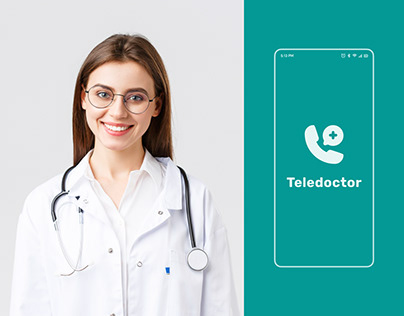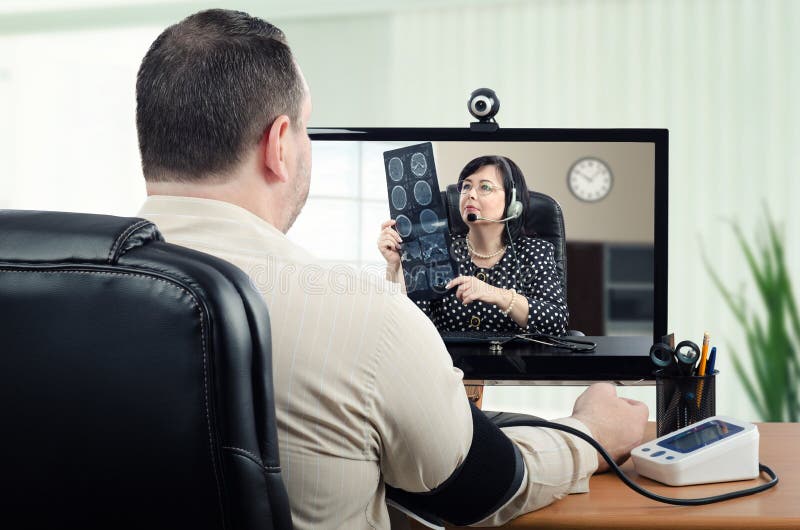Teledoctors vs Typical Health Care: Which is Better?
Teledoctors vs Typical Health Care: Which is Better?
Blog Article
Exactly How Teledoctors Are Changing Accessibility to Medical Proficiency Worldwide
In an age where digital technology permeates every aspect of life, the realm of health care is undergoing a transformative change with teledoctors at the leading edge. As they bridge the space between people and medical specialists throughout varied geographies, these digital assessments hold the potential to redefine conventional medical care systems. The ramifications for remote and underserved areas are particularly profound, using extraordinary access to prompt medical expertise. Yet, this advancement raises appealing inquiries regarding the future landscape of health care shipment, the obstacles that go along with such innovations, and the moral considerations that have to be addressed. Just how will these aspects unravel?
Expanding Reach to Remote Areas
Over the last few years, telemedicine has actually substantially broadened its range, damaging down obstacles to health care access in underserved and remote areas. This transformative change has actually been moved by innovations in electronic modern technology, allowing health care providers to prolong their reach beyond typical geographical limitations. Telemedicine leverages telecoms innovation to help with consultations, diagnoses, and even remote surveillance of individuals who may or else have limited accessibility to healthcare centers.
One of the primary benefits of telemedicine in remote areas is its capacity to link the void in between clients and specialists (teledoctors). In areas where medical care infrastructure is thin, people can now seek advice from a large array of doctor without sustaining prolonged traveling. This not only saves time and resources however additionally ensures prompt clinical intervention, which can be essential in taking care of chronic conditions or dealing with acute clinical worries
Additionally, telemedicine empowers neighborhood doctor by offering avenues for partnership with professionals. This enhances the high quality of treatment delivered at the community degree and promotes an extra incorporated strategy to individual management. By harnessing technology, telemedicine is not just broadening clinical gain access to however also improving the healthcare landscape in remote locations, fostering a much more comprehensive and fair system.
Enhancing Patient Benefit
Structure on the expansion into remote areas, telemedicine likewise dramatically boosts individual convenience, supplying a smooth healthcare experience. By removing the requirement for physical travel, individuals save both time and sources, especially beneficial for those with mobility issues or requiring timetables. Telemedicine systems allow patients to seek advice from with physician from the comfort of their homes, decreasing anxiety related to standard in-person gos to.
The adaptability of scheduling is an additional significant advantage. People can schedule appointments outside regular office hours, fitting diverse way of livings and minimizing the requirement for pause job or institution. This adaptability is vital for maintaining regular healthcare regimens, especially for those managing persistent conditions calling for constant monitoring.
Moreover, telemedicine uses prompt accessibility to specialist examinations, which traditionally entail lengthy waiting durations. By linking people straight to specialists, it relieves the delays that typically go along with recommendations, thus quickening diagnosis and treatment initiation. Such prompt treatments can bring about far better health end results and individual contentment.
Personal privacy and discretion are kept via safe digital platforms, making sure that clients really feel comfortable talking about delicate health and wellness concerns. As a result, telemedicine not only expands accessibility but additionally boosts the general individual experience by prioritizing benefit and availability.

Improving Healthcare Efficiency
Telemedicine is considerably enhancing healthcare performance by maximizing and improving operations resource allotment. By enabling remote assessments, medical care centers can minimize patient wait times and enhance the number of people seen daily without overcrowding physical spaces. This change allows doctor to optimize their routines and supply more prompt treatment, consequently improving client end results.
Moreover, telemedicine assists in far better source monitoring by lessening the need for physical facilities and reapportioning these resources towards crucial locations such as emergency situation services and inpatient care. teledoctors. Telemedicine systems also enable for seamless integration of electronic wellness documents, which enhances interaction between healthcare specialists and ensures that patient information is conveniently accessible, further minimizing delays in treatment
Additionally, telemedicine encourages medical care experts to collaborate much more efficiently across geographical boundaries, leading to even more comprehensive treatment for people. By leveraging technology to connect the space between patients and providers, telemedicine not just raises the performance of medical care distribution but additionally enhances the top quality of treatment that patients get.
Decreasing Healthcare Prices

In addition, telemedicine platforms can decrease the problem on physical healthcare facilities. By handling non-urgent situations from another location, doctor can allot resources extra effectively, enabling much better monitoring of crucial cases that need in-person focus. This maximized source appropriation can bring about a reduction in functional expenses, ultimately equating to decrease charges for individuals.

Assisting In Global Medical Collaboration
The introduction of telemedicine has actually opened unmatched avenues for global clinical collaboration, making it possible for health care experts to link across boundaries easily. This technological development permits for the seamless exchange of medical expertise, best methods, and cutting-edge treatments, promoting a collaborative environment that transcends geographical limitations. Physicians and experts can currently seek advice from peers from different components of the world, obtaining access to diverse viewpoints and experience that can improve individual care and results.
Telemedicine platforms supply an online space where multidisciplinary teams can convene to go over intricate cases, share analysis understandings, and develop detailed treatment strategies. Such partnership is particularly advantageous in addressing rare diseases and problems that require specialized competence not conveniently offered in particular areas. By leveraging telemedicine, medical care institutions can develop international networks that help with continual education and training, making certain that doctor remain updated with the most up to look at this website date advancements.
In addition, telemedicine boosts joint research initiatives, allowing academic and professional scientists to perform joint researches and tests without the restraints of physical distance - teledoctors. This worldwide technique accelerates the rate of scientific discovery and the growth of brand-new treatments, eventually adding to an extra interconnected and effective global healthcare system
Final Thought
The surge of teledoctors is changing international healthcare by breaking down geographical barriers, consequently broadening access to medical know-how. This technological improvement boosts person benefit, boosts general health care effectiveness, and adds to cost decrease.
Telemedicine leverages telecoms innovation to promote consultations, diagnoses, and even remote tracking of people that may otherwise have minimal accessibility to healthcare facilities.
Structure on the growth right into remote areas, telemedicine additionally significantly improves client benefit, providing a smooth health care experience. By allowing remote examinations, healthcare facilities can minimize client wait times and increase the number of individuals seen daily without congestion physical areas.In addition, telemedicine encourages healthcare professionals to collaborate a lot more effectively throughout geographical limits, leading to even more extensive care for people. By leveraging innovation to bridge the Read More Here gap in between clients and carriers, telemedicine not just enhances the performance of healthcare distribution yet additionally improves the quality of care that patients receive.
Report this page